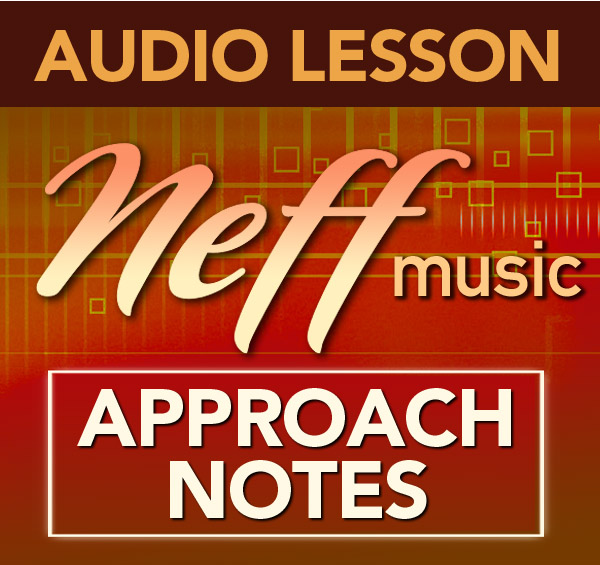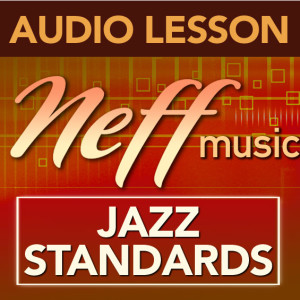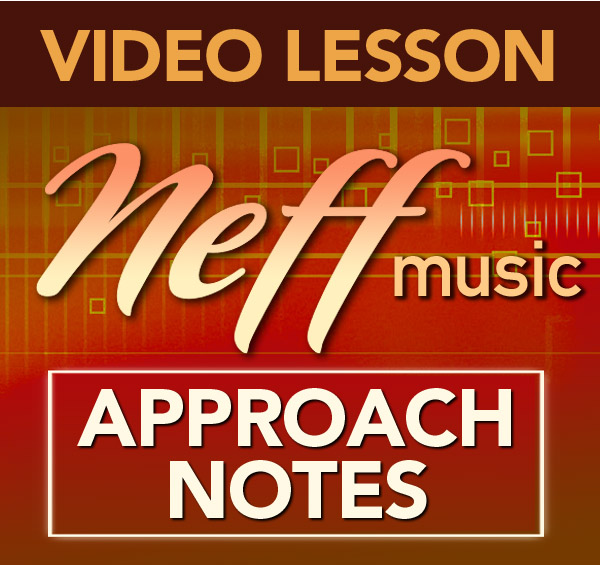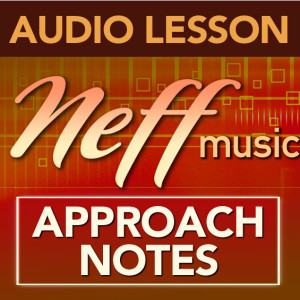Description
In jazz, rhythm changes is a modified form of the chord progression of George Gershwins’s song “I Got Rhythm”, which forms the basis of countless (usually uptempo) jazz compositions. Examples of some tunes based off of rhythm changes are Oleo, Cotton Tail, Salt Peanuts, Dexterity and Rhythm-a-Ning. Today, mastery of the blues and rhythm changes are critical to mastering a jazz vocabulary. You can’t go into a jam session or open mic to sit in without having a firm grasp of rhythm changes. They are usually played at very fast tempos and if you don’t have a deep knowledge of the chords and song form you can quickly be left in the dust.
In this audio lesson, I show you a cool method to navigate through rhythm changes using approach notes lines from my book “Approach Note Velocity”. Approach note lines are lines and patterns that use a series of “approach notes” to approach a target chord tone. Approach note lines cause a temporary tension and dissonance in the line that is then relieved when you hit the target chord tone. The great thing about these approach note lines is that they weave in and out of a key center while at the same time highlighting the notes of that key center on the strong downbeats. For example, the “A” section of rhythm changes has many chords in it that are only 2 beats in length. At a fast tempo the rhythm changes chords fly by and many improviser’s rely on stock lines and patterns to outline these changes in a rote way. By using approach note lines over the “A ” section, we weave in and out of the key of C while navigatiing these rhythm changes chords. This has the effect of highlighting the key of C while at the same time creating lines that are bouncing and weaving around the key center. The freedom that this approach can give to the improviser is liberating. Instead of being tied to a specific set of chord changes you can float above the changes as you improvise your lines and create new and different melodies.
Mastering this lesson is a great way to add a new dimension to your playing over rhythm changes while at the same time mastering all your approaches in five different keys. This lesson also includes a 2 page pdf with examples of approaches you can play over the bridge. If you master this stuff you’ll be burning on “Oleo” in no time. You will need my book “Approach Note Velocity” to get the most out of this lesson. (20 Minute Audio Lesson)








kenfukui –
I find practicing my approach note exercises over Rhythm Changes helps to ingrain the approach note phases while also working on Rhythm Changes. This lesson has really helped me apply what I have learned.